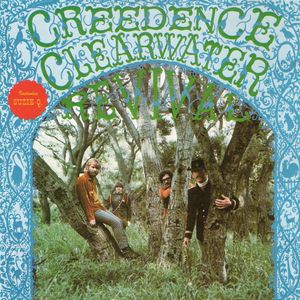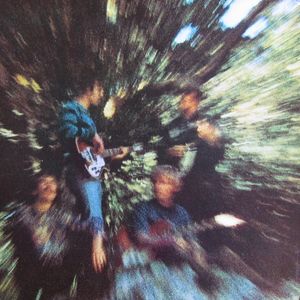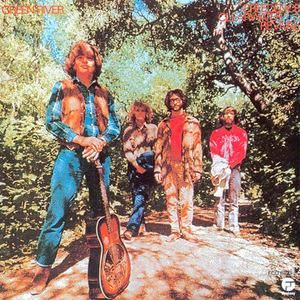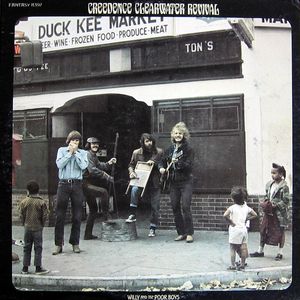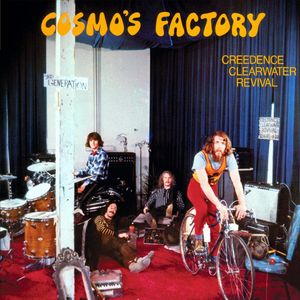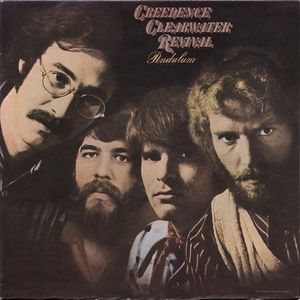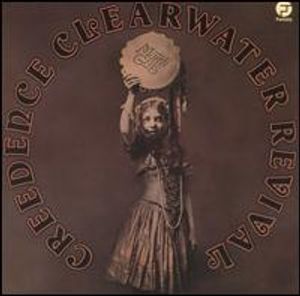
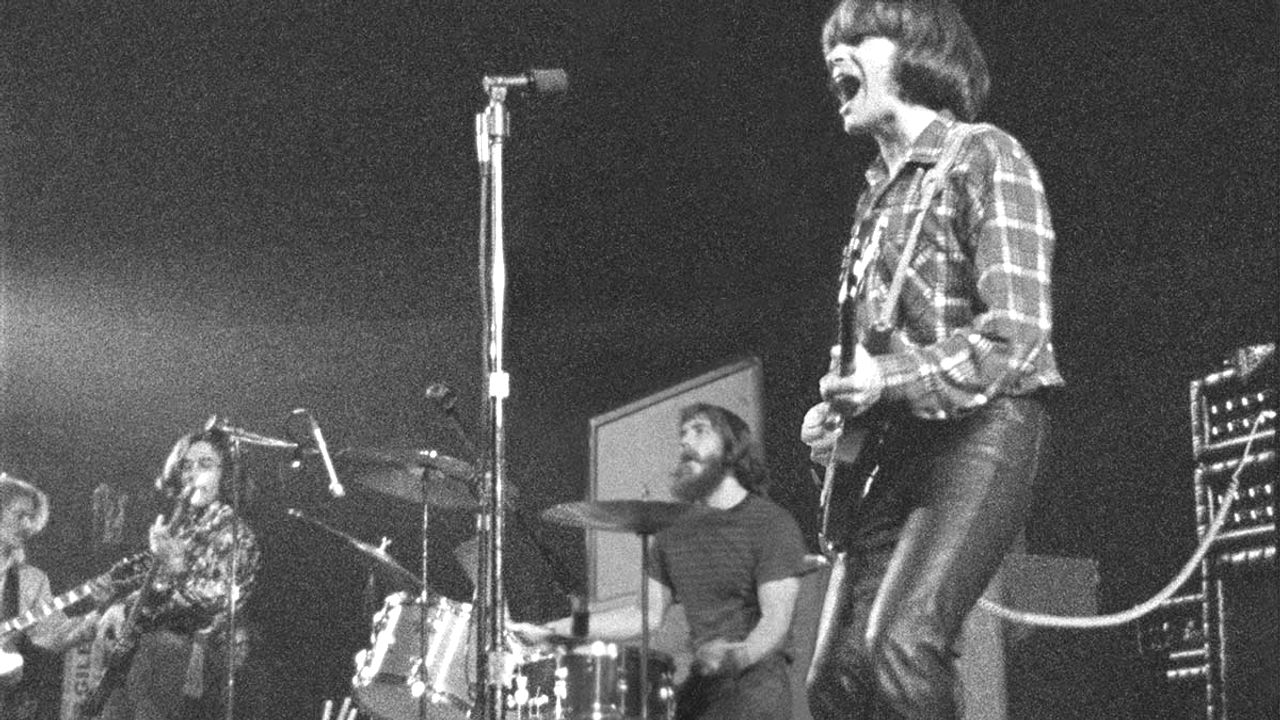
Creedence Clearwater Revival
Follow Your Favorite Band Today!
Top Creedence Clearwater Revival Community Posts
Albums
Story of Creedence Clearwater Revival
Creedence Clearwater Revival: The Bay Area's Legendary Rock Outfit
Creedence Clearwater Revival, or CCR as they're affectionately known, emerged from the fertile musical ground of El Cerrito, California. The band, a tight-knit unit forged from years of jamming together, was anchored by the dynamic duo of John Fogerty, lead vocalist, lead guitarist, and prolific songwriter, and his brother, Tom Fogerty, on rhythm guitar. Rounding out the lineup were the steady rhythm section of bassist Stu Cook and drummer Doug Clifford.
This quartet, who had previously cut their teeth in the early '60s as the Blue Velvets and then the Golliwogs, found their groove as CCR in 1967. The '69-'71 period was their golden age, witnessing an astonishing run of fourteen consecutive Top 10 singles (many of them double A-sides), and five consecutive Top 10 albums in the U.S. Their groundbreaking albums, Green River (1969) and Cosmo's Factory (1970), even topped the Billboard 200 charts, solidifying their status as a dominant force in rock music. This meteoric rise was punctuated by their appearance at the iconic Woodstock festival in 1969, where they were the first major act to be signed on.
Tragically, the band's meteoric success came crashing down in 1972. The band dissolved amidst internal conflicts, fueled by artistic and business disagreements, culminating in lawsuits between the former bandmates. Tom Fogerty had left the group the previous year, and John's struggles with Fantasy Records owner Saul Zaentz only added fuel to the fire. This acrimony reached its peak when John refused to reunite with Cook and Clifford for their 1993 induction into the Rock and Roll Hall of Fame, as Tom had passed away in 1990.
Despite never officially reuniting, CCR's legacy continues to resonate. John Fogerty continues to perform their classic songs in his solo career, while Cook and Clifford joined forces as Creedence Clearwater Revisited from 1995 to 2020. Their music remains a cornerstone of classic rock radio, with 45 million CCR records sold in the U.S. alone, proving their enduring impact on generations of music lovers.
Bands you may like
More Blues Rock Bands
Explore Blues RockDiscover more bands in the Blues Rock genre and explore the diverse sounds that define this musical style.
Browse All Blues Rock BandsMore Bands from United States
Explore United StatesDiscover the rich musical heritage of United States and explore bands that represent the country's unique sound and culture.
Browse All United States Bands
